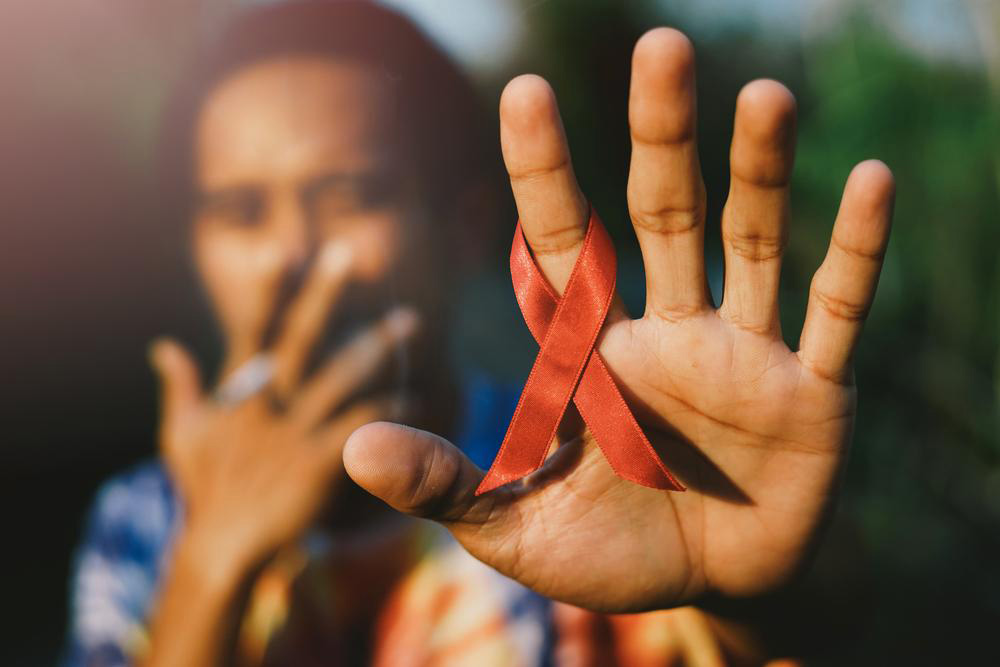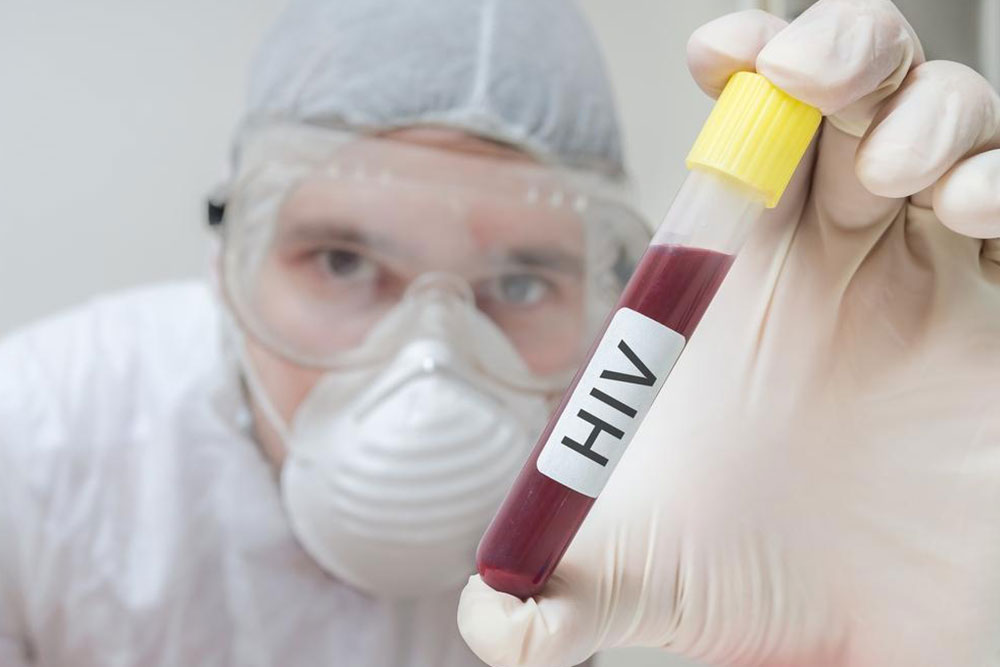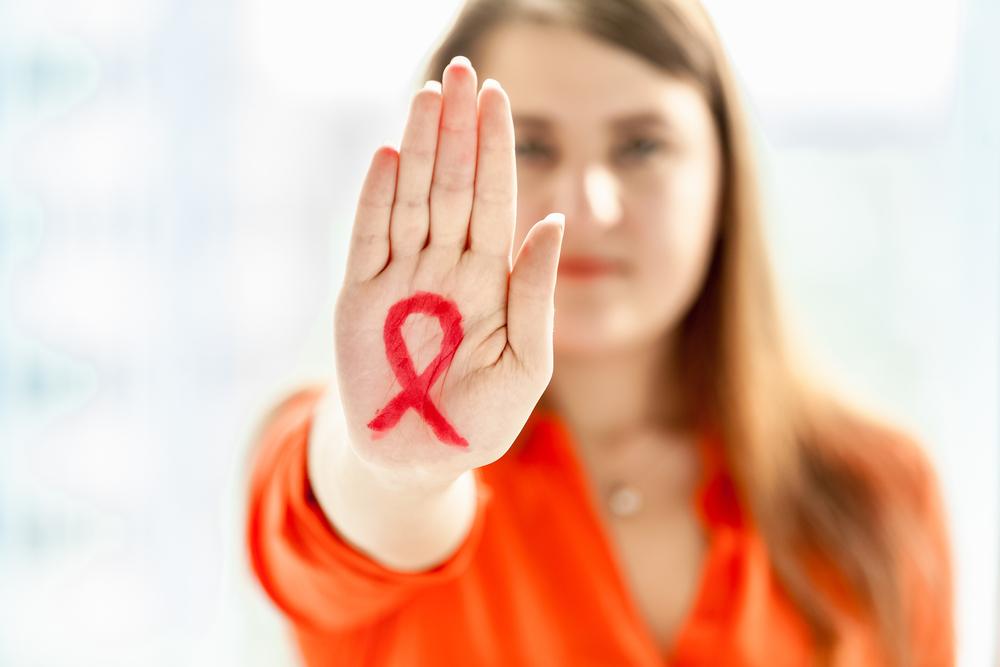Comprehensive Guide to Myths and Facts About HIV and AIDS
This comprehensive guide clarifies common myths about HIV and AIDS, emphasizing accurate transmission facts, management strategies, and the importance of education. It aims to reduce stigma and promote informed health decisions through detailed explanations on misconceptions, the harmlessness of insect bites in HIV transmission, and the modern management of the condition, encouraging early testing and treatment adherence.

Comprehensive Guide to Myths and Facts About HIV and AIDS
Human Immunodeficiency Virus (HIV) and Acquired Immunodeficiency Syndrome (AIDS) continue to pose significant public health challenges worldwide. Despite decades of medical advances and extensive public education efforts, misconceptions about how HIV and AIDS spread, their symptoms, and their treatments persist. These misconceptions not only hinder prevention efforts but also contribute to stigma and discrimination against those living with the virus. To foster a more informed and compassionate society, it is crucial to dispel prevalent myths and present accurate information about HIV and AIDS.
This comprehensive guide aims to clarify common misconceptions, discuss how HIV is transmitted, and provide up-to-date insights into the management and prevention of the disease. Whether you are at risk, seeking to educate others, or simply interested in understanding HIV better, this article offers valuable information to help demystify these conditions.
Understanding the Risk of Oral Sex in HIV Transmission
Oral sex is completely safe regarding HIV?
While many believe that oral sex is entirely risk-free, the truth is that it carries a lower but still possible risk of HIV transmission. The presence of cuts, sores, or inflammation in the mouth or on the genitals can facilitate the entry of the virus. Contact with infected semen, vaginal fluids, or blood during oral activity can potentially lead to transmission, especially if protective barriers like condoms or dental dams are not used. Therefore, caution and awareness are advisable during oral sex, particularly if one partner's HIV status is positive or unknown.
HIV Does Not Means You Have AIDS
Having HIV automatically means having AIDS?
No, not necessarily. HIV is a virus that infects the immune system, but with early detection and effective antiretroviral therapy (ART), individuals diagnosed with HIV can maintain a healthy immune system and prevent progression to AIDS. AIDS is diagnosed when the immune system becomes severely weakened, typically measured by a low CD4 cell count or the presence of certain opportunistic infections or cancers. Proper medical care can significantly delay or prevent the onset of AIDS, emphasizing the importance of regular testing and treatment adherence.
Transmission of HIV and AIDS by Insects Is a Myth
Is HIV spread by insects like mosquitoes?
This is a common misconception. HIV cannot be transmitted through insect bites because the virus does not survive or replicate within insects. The main transmission routes involve contact with infected bodily fluids—blood, semen, vaginal fluids, or breast milk—through unprotected sexual contact, sharing contaminated needles, or from mother to child during childbirth or breastfeeding.
HIV and AIDS Are Not a Death Sentence
Is HIV/AIDS a guaranteed death sentence?
Thanks to advances in antiviral medications, HIV is now regarded as a manageable chronic condition. People living with HIV who adhere to their prescribed treatment regimens can live long, healthy lives, have fulfilling relationships, and avoid developing AIDS. Early diagnosis and consistent treatment are key factors in improving quality of life and reducing transmission risk. Public health campaigns worldwide promote testing and treatment accessibility to combat stigma and encourage proactive health management.
Symptoms of HIV and AIDS Are Not Always Evident
Are HIV or AIDS symptoms obvious?
Not always. Some early symptoms, such as fatigue, fever, or sore throat, may resemble other illnesses or be mild enough to go unnoticed. Many individuals infected with HIV show no symptoms for years while the virus gradually damages their immune system. The only reliable way to confirm infection is through scientifically approved testing methods—antibody tests, nucleic acid tests, or antigen/antibody combination tests. Regular testing is vital, especially for those engaging in high-risk behaviors.
Overcoming stigma, misinformation, and fear surrounding HIV/AIDS requires widespread education and awareness. Progressive policies, accessible healthcare, and open conversations can help eliminate misconceptions, encourage testing, and support those affected. Staying informed and empathetic can significantly impact public health and individual well-being.





